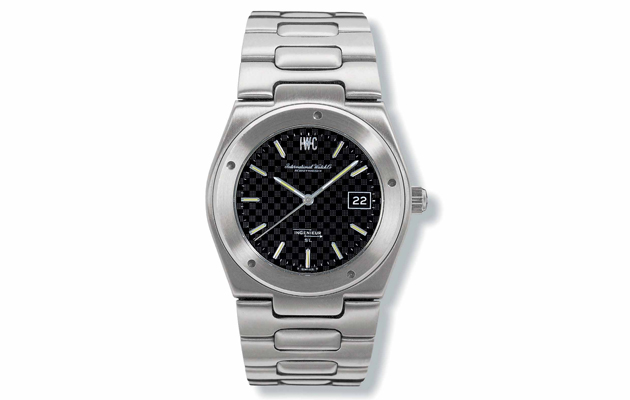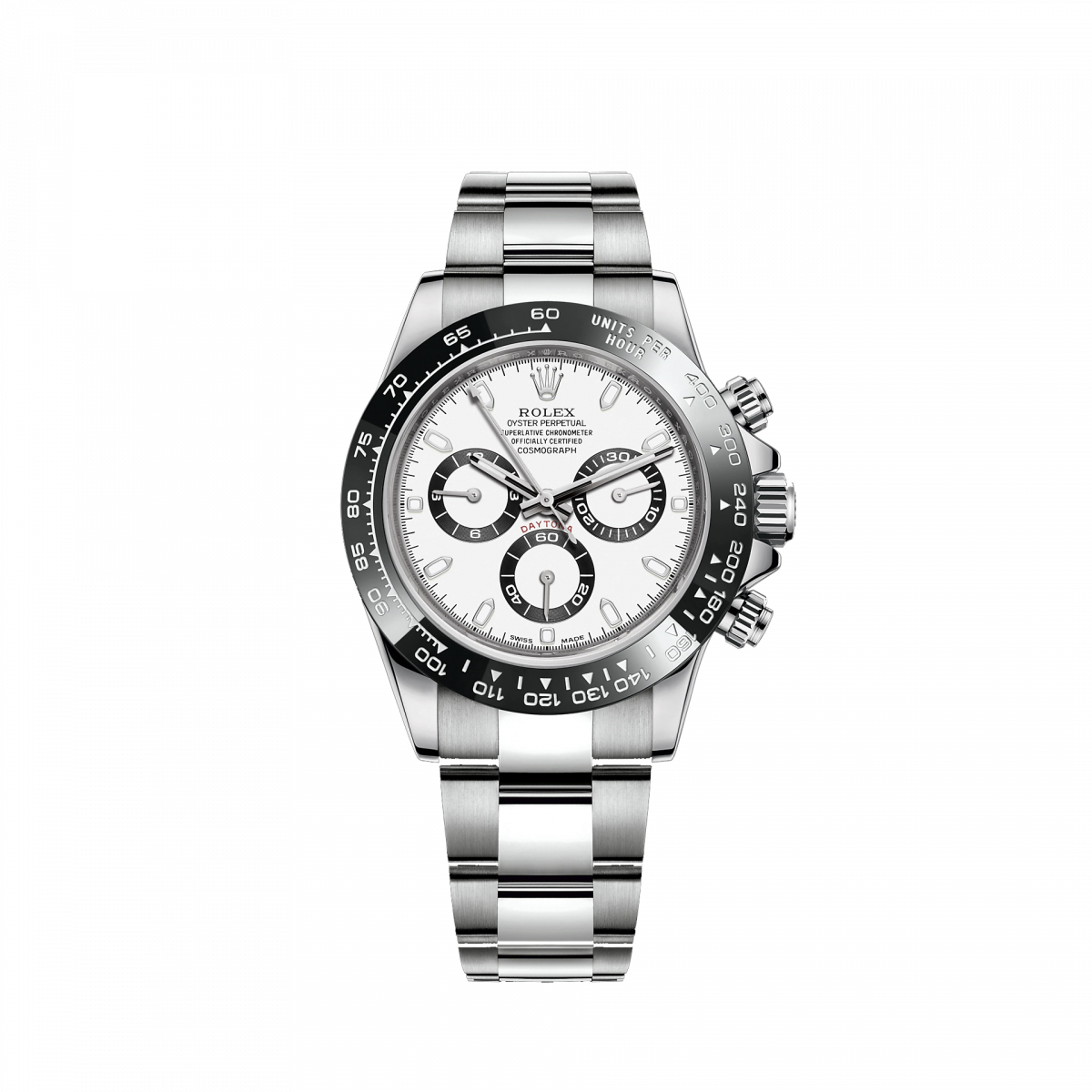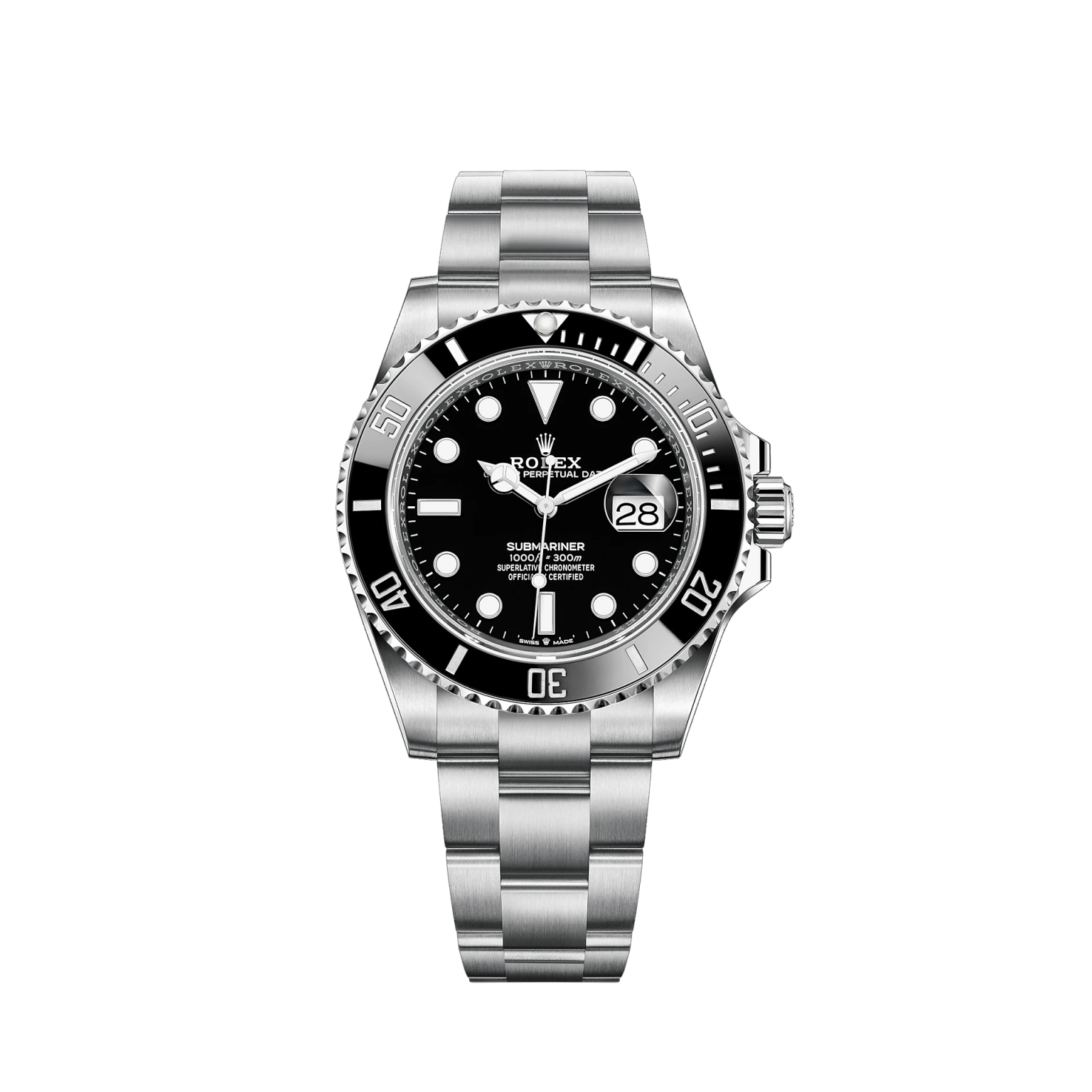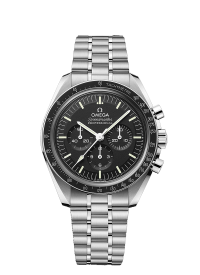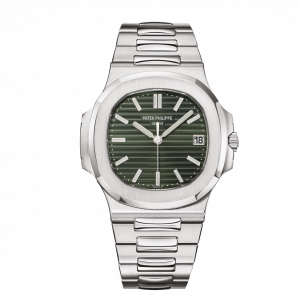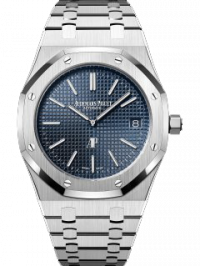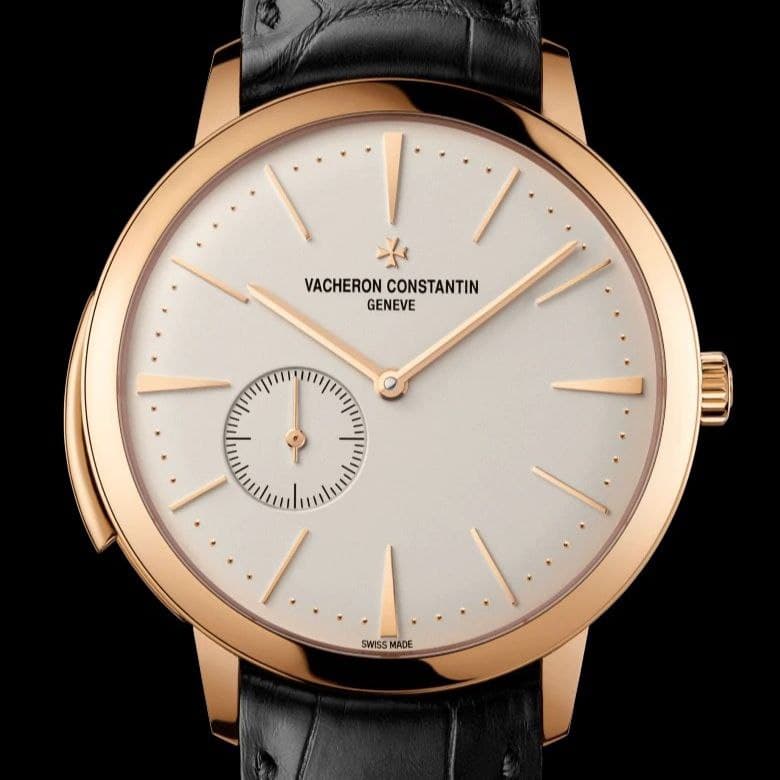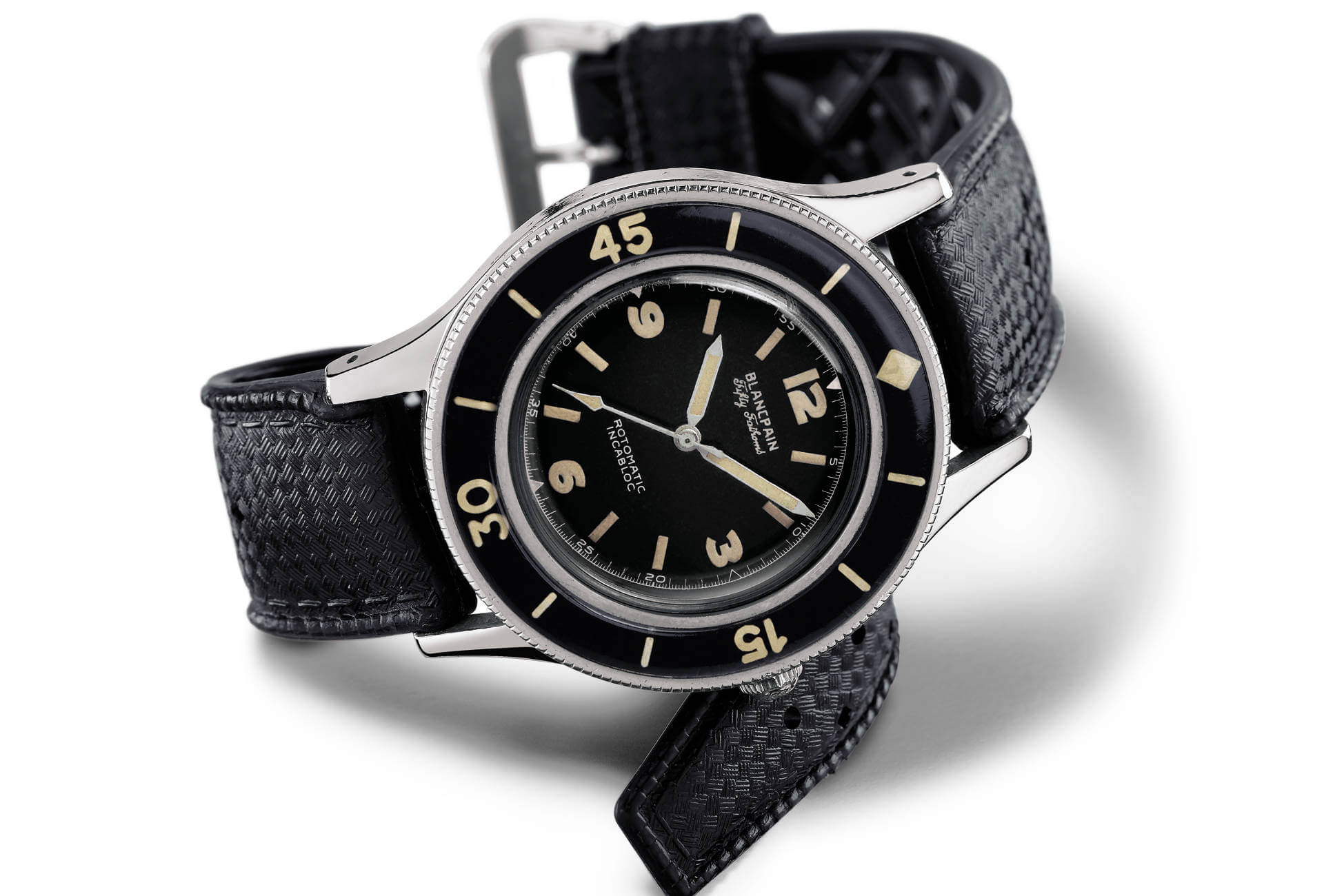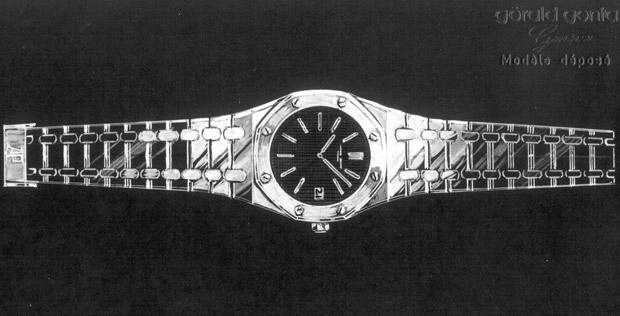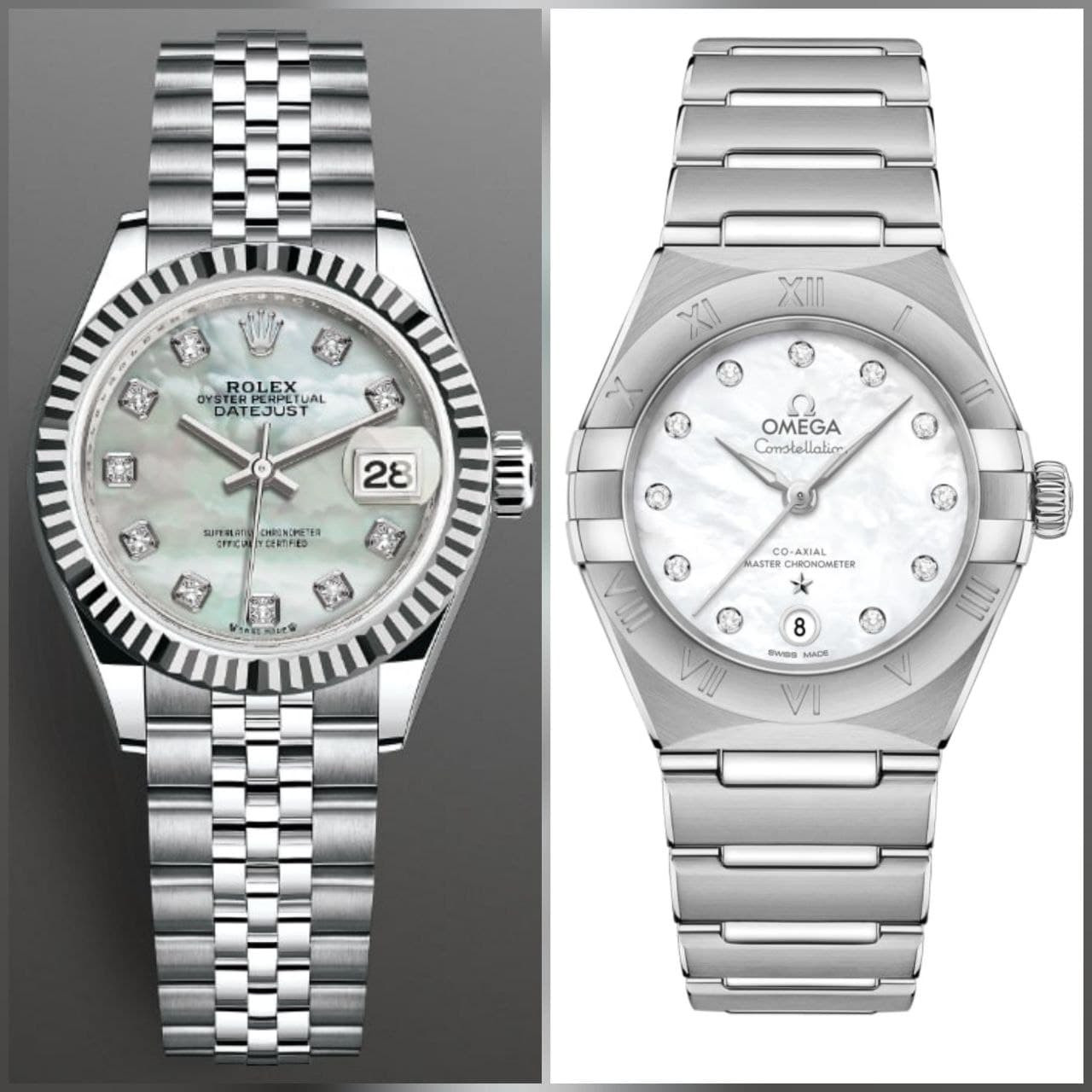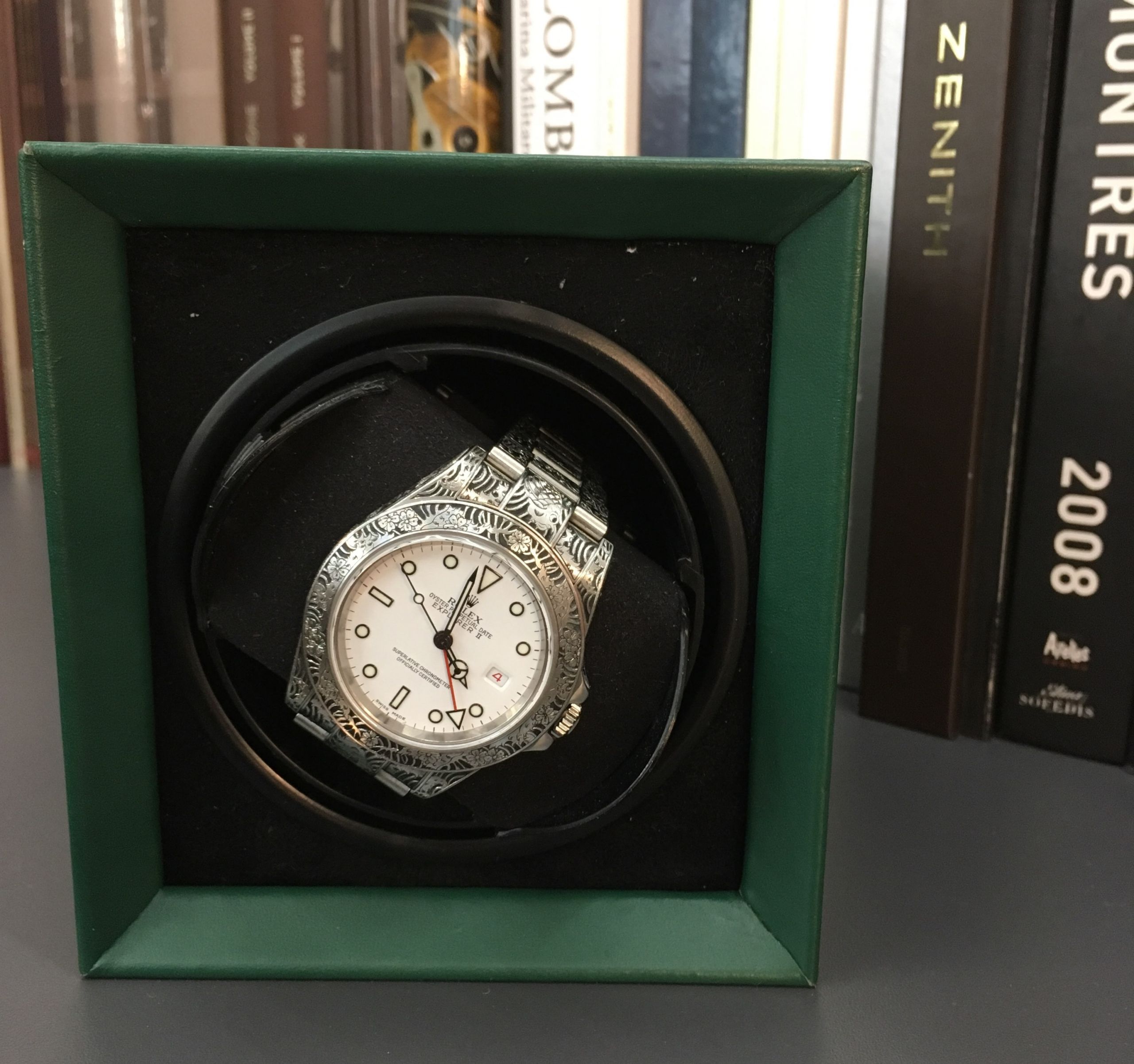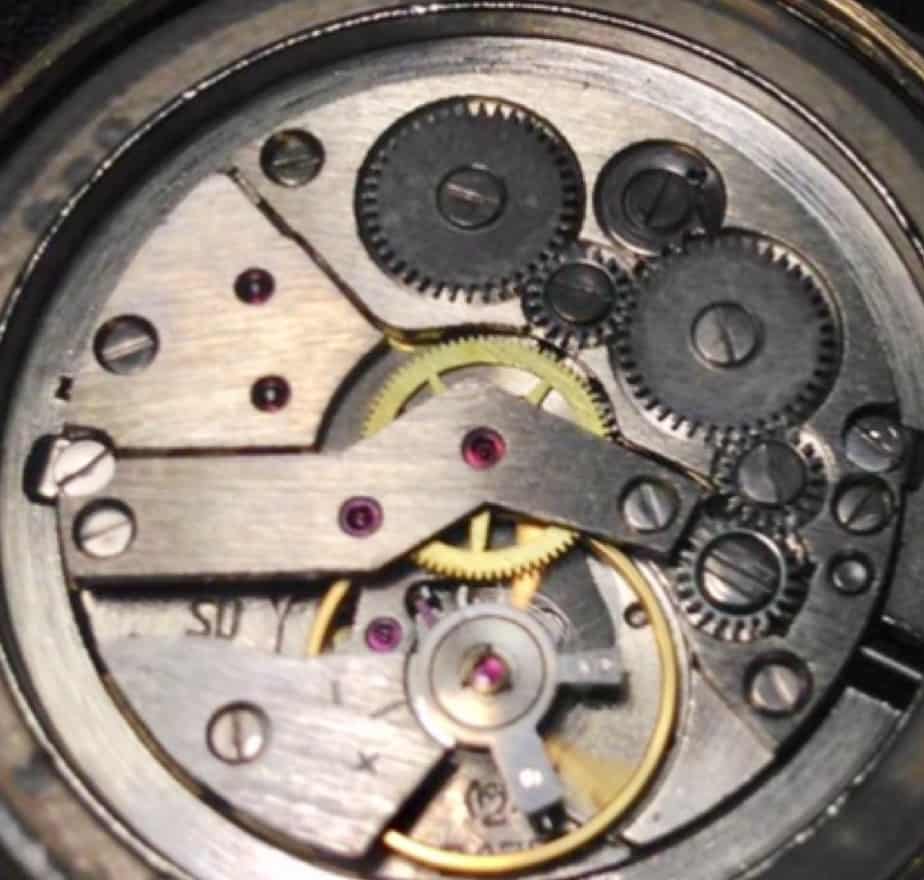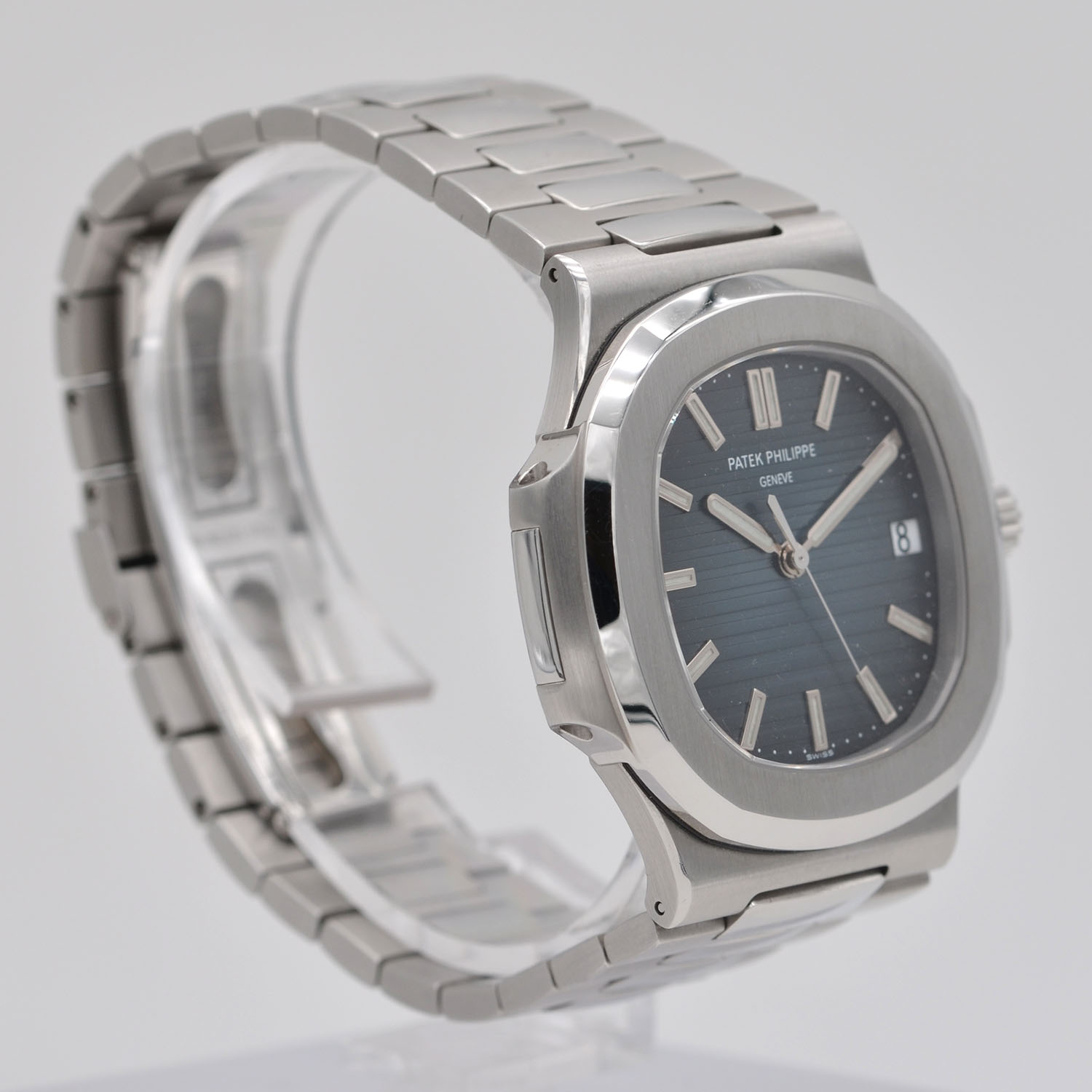Dr. N.
We continue our series of articles on the creations of Gerald genta and let's discover, in the triad of elegant sports watches that made it famous, the third piece: theIWC Engineer. It is a different watch from the Audemars Piguet Royal Oak, which chronologically precedes it, and from the Patek Philippe Nautilus, which follows it: the IWC Ingenieur is a precision instrument designed to resist the magnetic fields to which they are exposed, as the name implies, technicians and engineers.
The ability of Gerald Genta, in designing the Ingenieur, is to combine aesthetic innovation with the respect of the technical requirement of antimagneticity.
The IWC Ingenieur of the origins
In the XNUMXs, IWC launched its first Ingenieur. It is a watch that hides its technical peculiarity, a resistance to magnetic fields equal to that of the contemporary Rolex Milgauss, behind sober and traditional lines. This discretion is also maintained by the first aesthetic reinterpretation of the watch, which took place in the XNUMXs.
In addition to the "technical" nature of the watch, another aspect that differentiates theIWC Engineer from the other two members of the "Genta triad" is his being heir to an already existing model. The Royal Oak and the Nautilus represent a sort of "leap in the dark" for Audemars Piguet and Patek Philippe. They are in fact sporty models, completely different from those produced up to that moment by the two manufacturers, whose production tradition, it should be remembered, is primarily made up of elegant models. The IWC, with the Ingenieur, fielded a certainly radical reinterpretation of a model already on the market for twenty years.
The problem of magnetic fields
Let's see better what antimagneticity consists of. A mechanical watch, simplifying to the extreme, is a set of springs and metal gears, of various shapes and sizes, which must work in harmony with each other to ensure that the hands, second after second, hour after hour, day after day, travel in sync with the passage of time.
Easy to say, much less to do, especially when such harmony is constantly threatened by jolts, changes in temperature, humidity, water, and by the main enemy against which theIWC Engineer: magnetic fields, which are found practically everywhere electricity flows. Even the kind reader, using an electronic device, is now inundated with it. It is without realizing it, of course, because organic tissues are not affected (within certain limits, of course). But the metal spiral of a balance wheel, magnetic fields are affected and how ...
Un antimagnetic watch like theIWC Engineer, therefore, it must be able to function without being affected by those magnetic fields that the spread of electricity has brought into our lives.
How to get the antimagnetic result? The simplest and most effective way is to make one Faraday cage around the sensitive clock mechanisms. To do this, the dial, the ring surrounding the movement, and an internal caseback in highly conductive soft iron are made. When the watch is assembled, these elements physically come into contact, creating a shell that encloses the movement. The electrostatic fields "flow" on the surface of the Faraday cage, and the movement remains protected.
The IWC Ingenieur of Genta
IWC, in 1976, entrusted to Gerald genta the reinterpretation of his own watch "for engineers". Genta, however, must respect the requirement of anti-magnetic. This requires leaving the space inside the case for the magnetic outer casing which must act as a Faraday cage. Respecting the demands of robustness, Gerald Genta creates a completely new watch.
In 'IWC Ingenieur from 1976, Gerald Genta carries on the concept of the bezel with visible screws, a carried on the previous Royal Oak, and anticipates to some extent the integrated bracelet of the Patek Philippe Nautilus. We can see theIWC Ingenieur 1976 as an intermediate model between the two great creations of Gerald Genta, with the addition of anti-magnetic.
The IWC Ingenieur today
Unlike what happened with Audemars Piguet's Royal Oak and Patek Philippe's Nautilus, theengineer di IWC it has not achieved the status of a classic of modern watchmaking. The reason is probably to be found in IWC's choice to gradually move away from the original design by Gerald Genta.
Audemars Piguet's Royal Oak and, to an even greater extent, Patek Philippe's Nautilus, remained faithful to the style outlined by the great Swiss designer in the XNUMXs.
The IWC Ingenieur, on the other hand, followed a different path. The bracelet has become more angular, with square links. The case has seen the addition of protective shoulders around the crown, and in some models the lugs have been modified. Even the ring nut, with its characteristic five visible screws, was not immune from variations.


